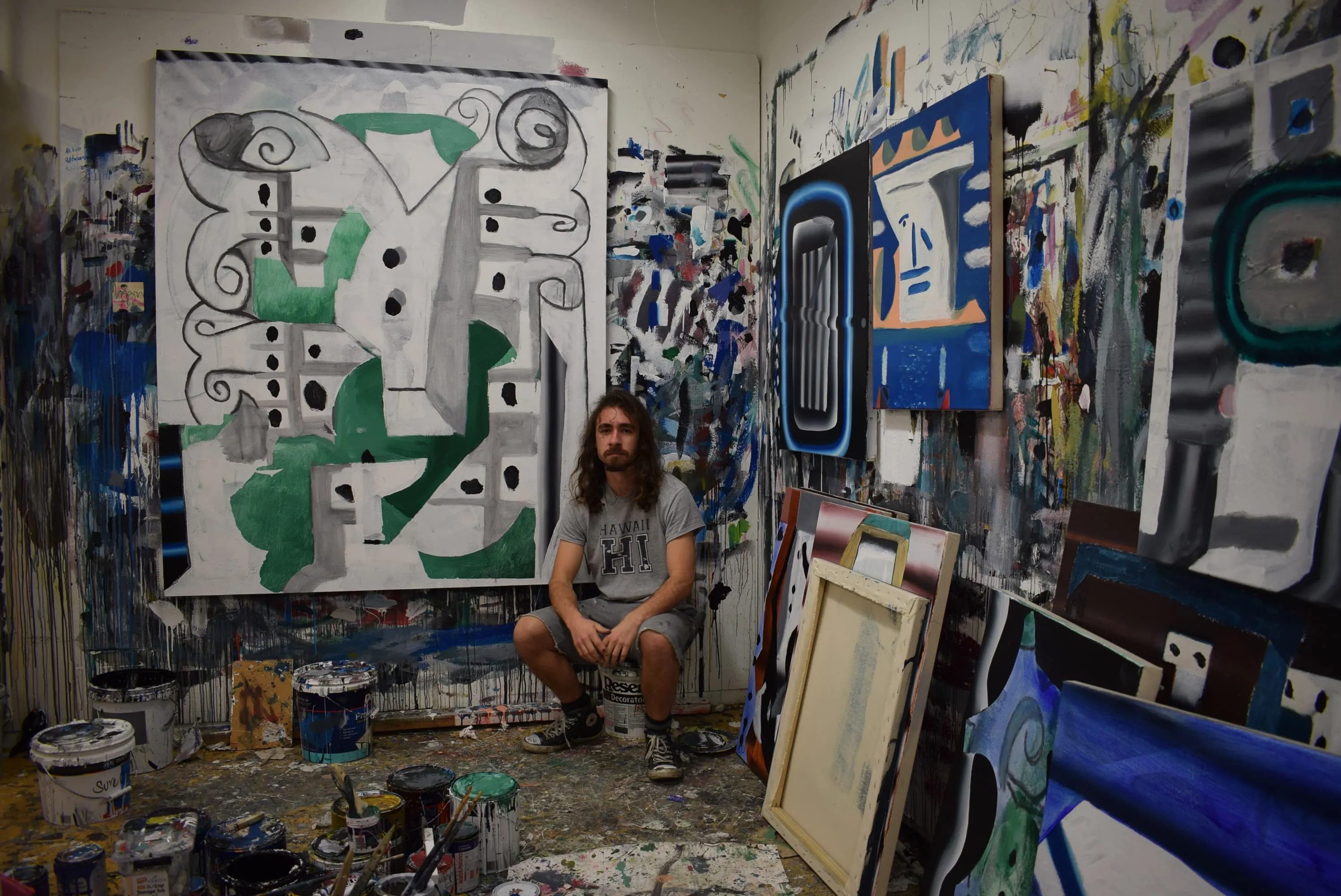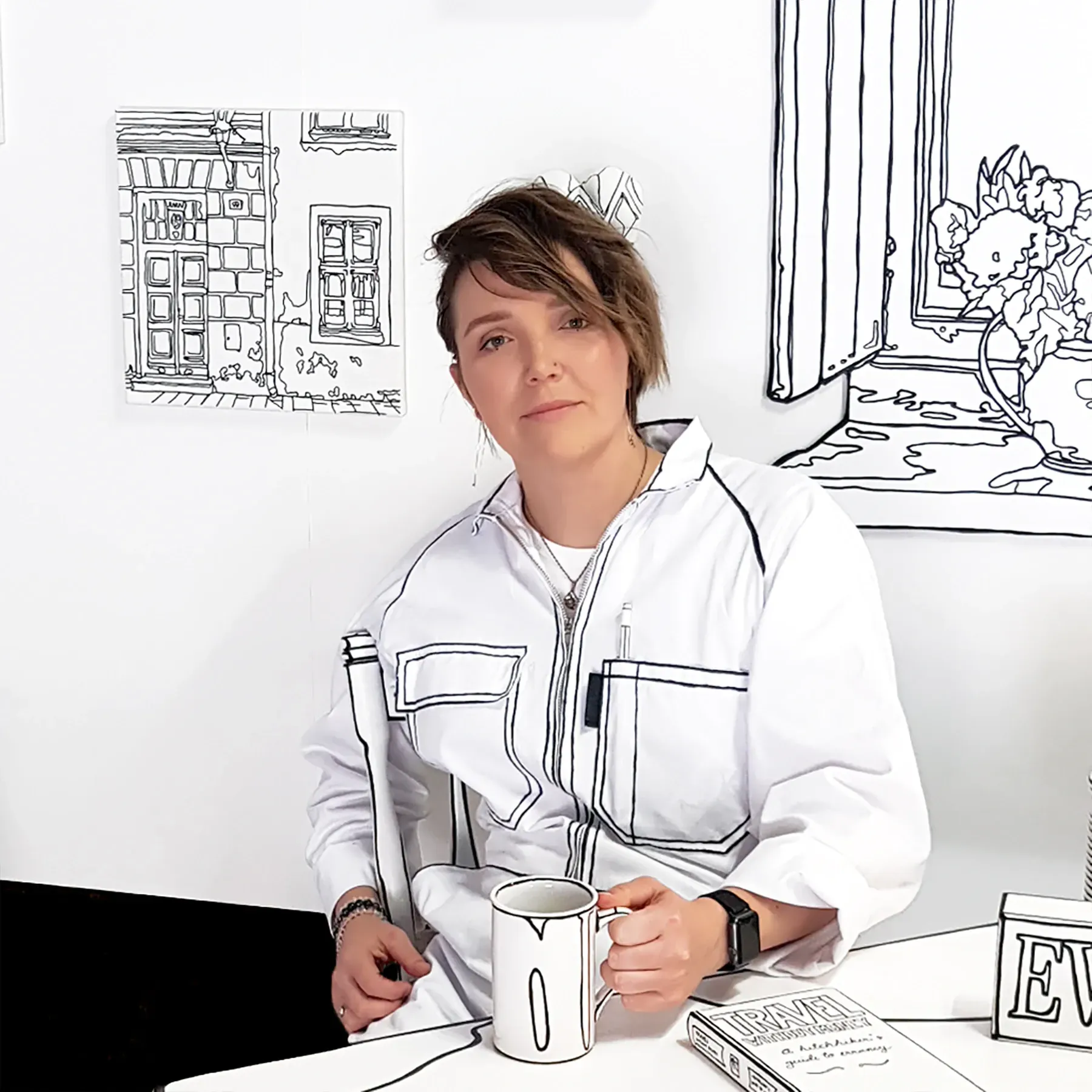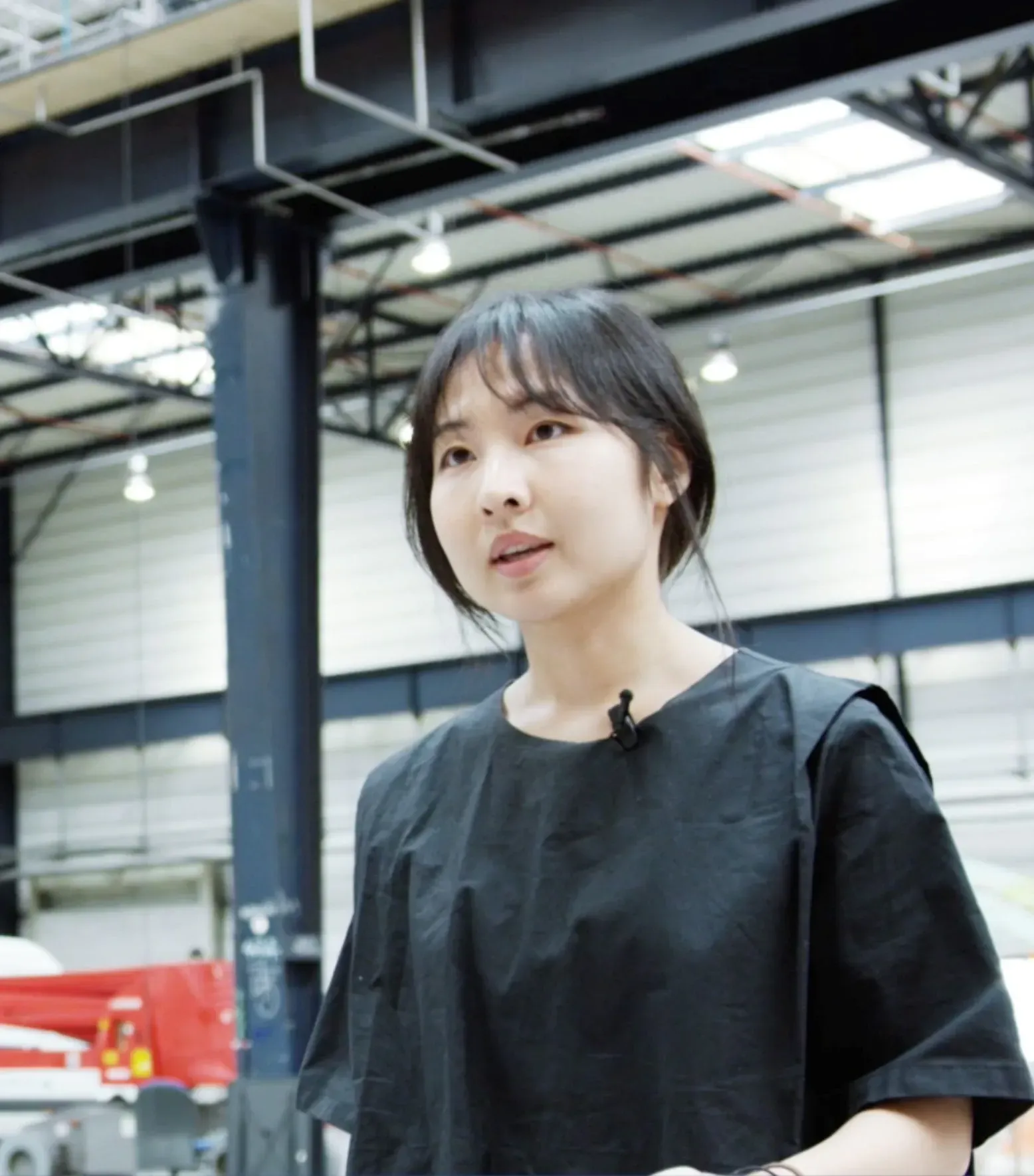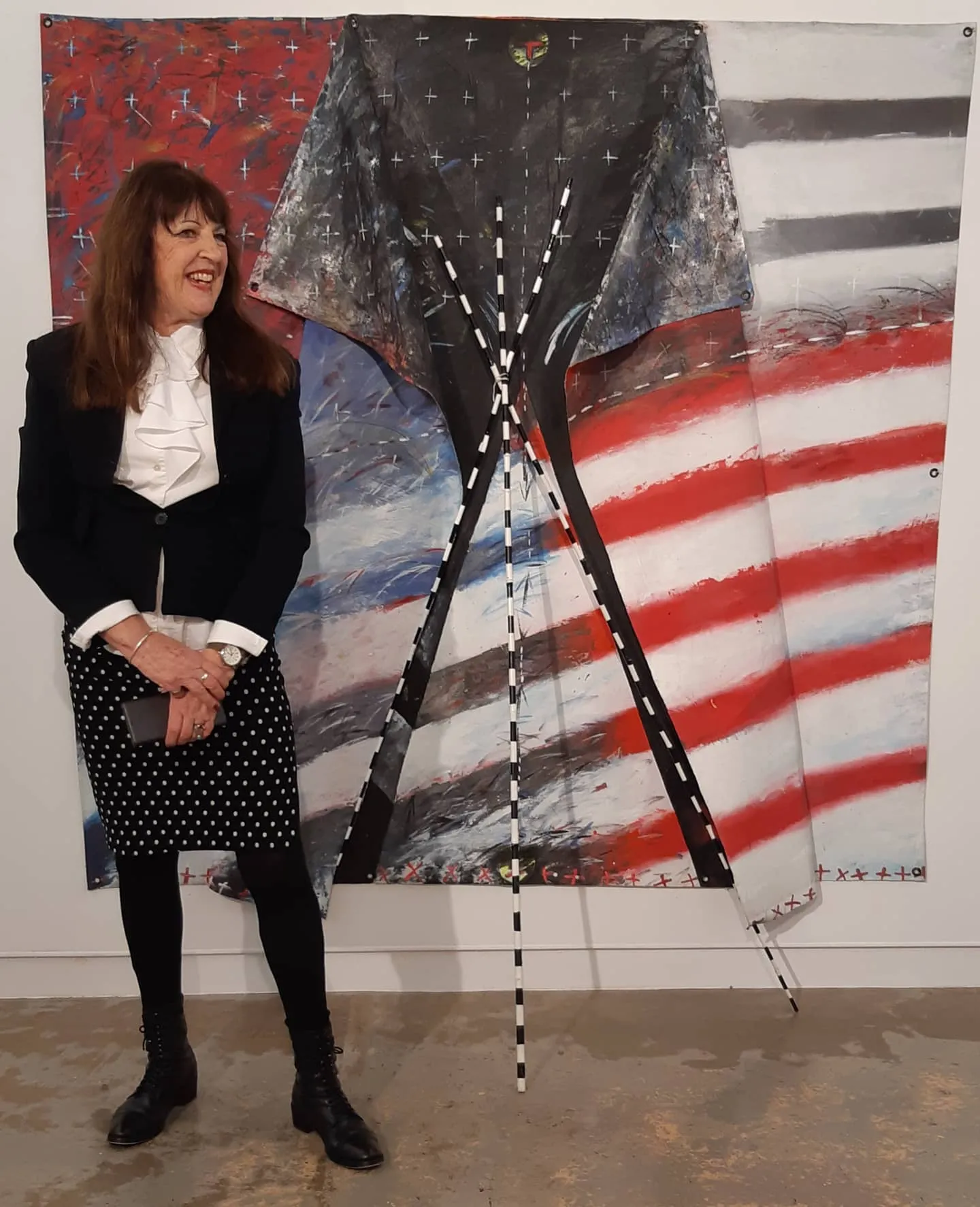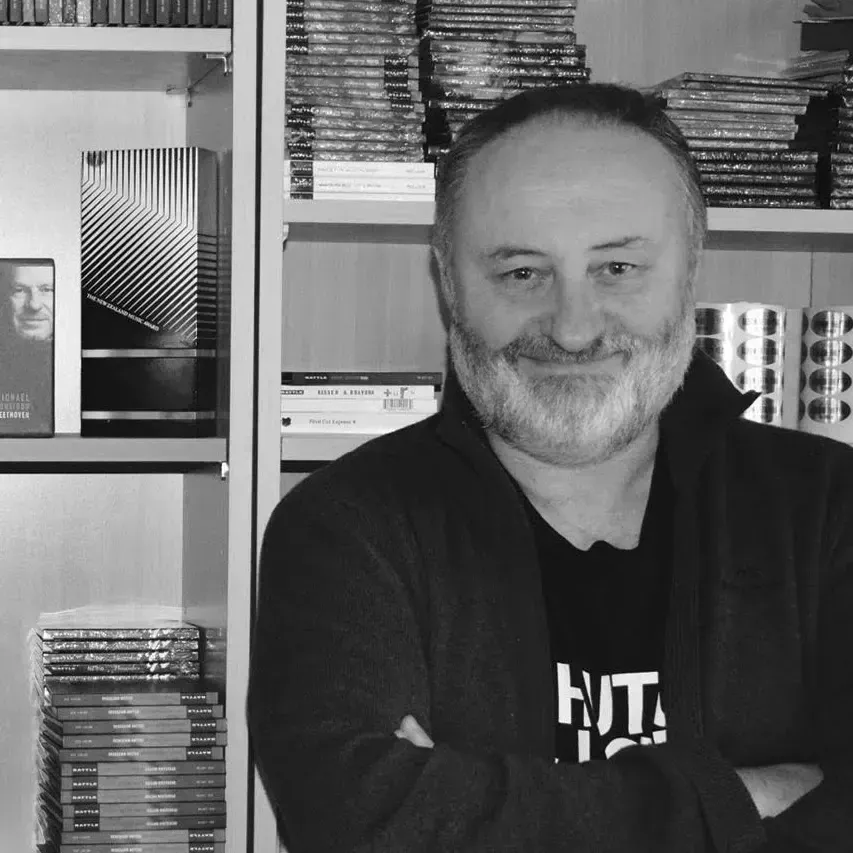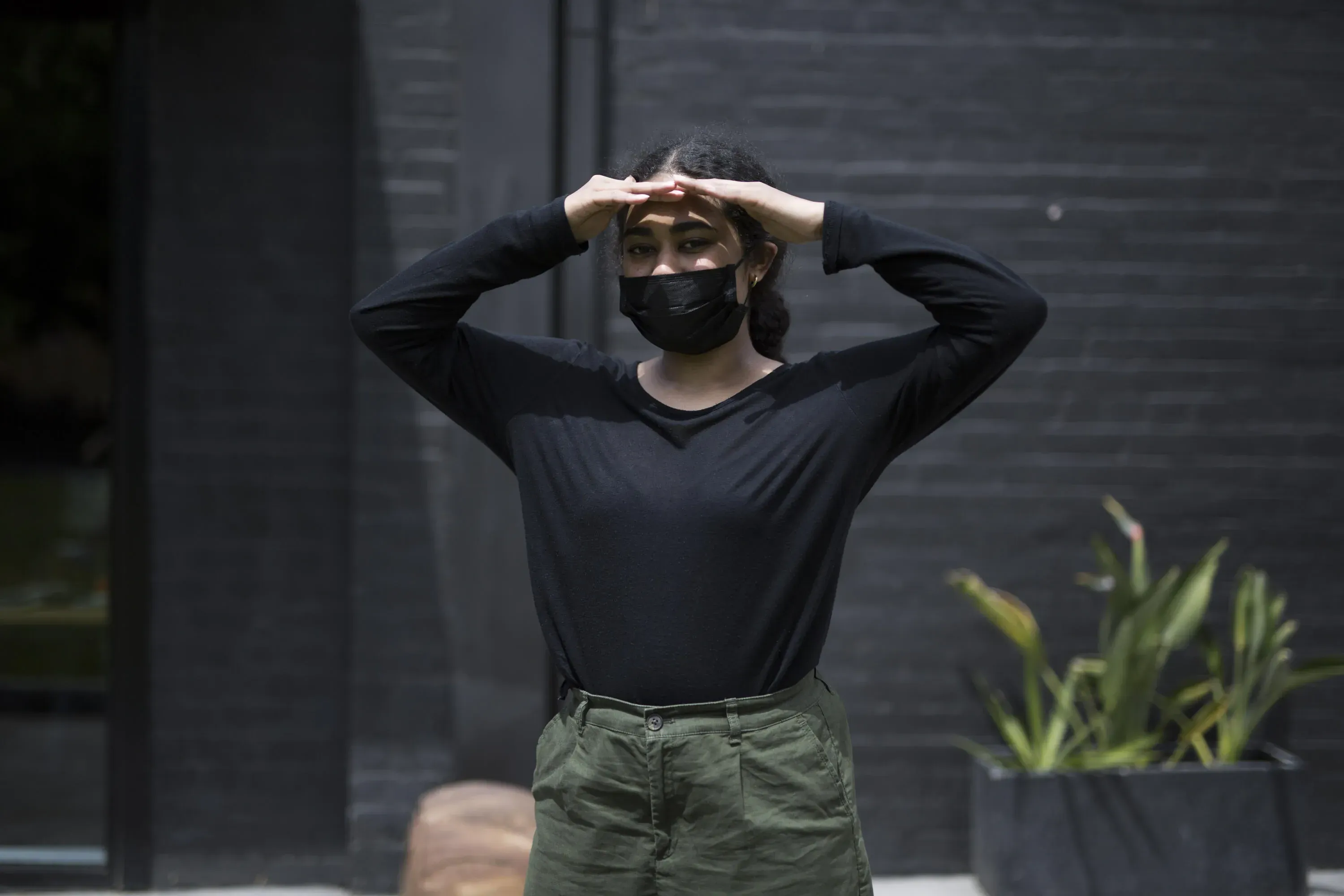Significant Shifts & Calls to Action
Written by
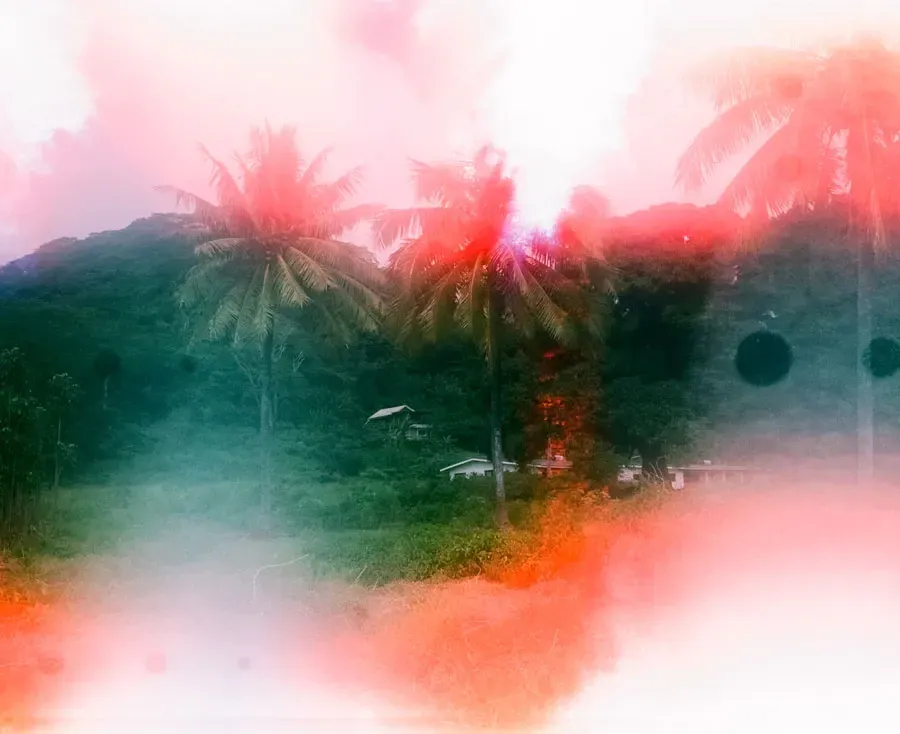
Placing Moana at the Centre
Pacific and Oceanic peoples make up 16% of Auckland’s population - and that’s growing, rapidly. Our framework for thinking about what art is, and how it is made and shared is slowly starting to shift with that.
Welcome then is Te Taumata Toi-A-Iwi’s (Formerly Arts Regional Trust) release this week of an overview of research in communities on the arts of Moana Oceania in Tāmaki Makaurau, recognising that the arts are defined and practiced in different ways. Part of the aim is to help build a more cross-cultural approach.
”This is our call to action!” write authors Toluma‘anave Barbara Makuati-Afitu and Kolokesa U. Māhina-Tuai. “We hope this research creates the needed shift of the axis through a collective movement of disrupting the status quo… to ensure Indigenous voices are heard and perspectives are embedded in the hearts, minds and policies of our cultural, creative and arts sector.”
One space working hard to do this already is Tautai Contemporary Pacific Art Trust. As Director Courtney Sina Meredith introduces on YouTube here, in a significant new move Tautai is opening its first dedicated gallery space on Friday, a move that was due to happen the first day of lockdown in March.
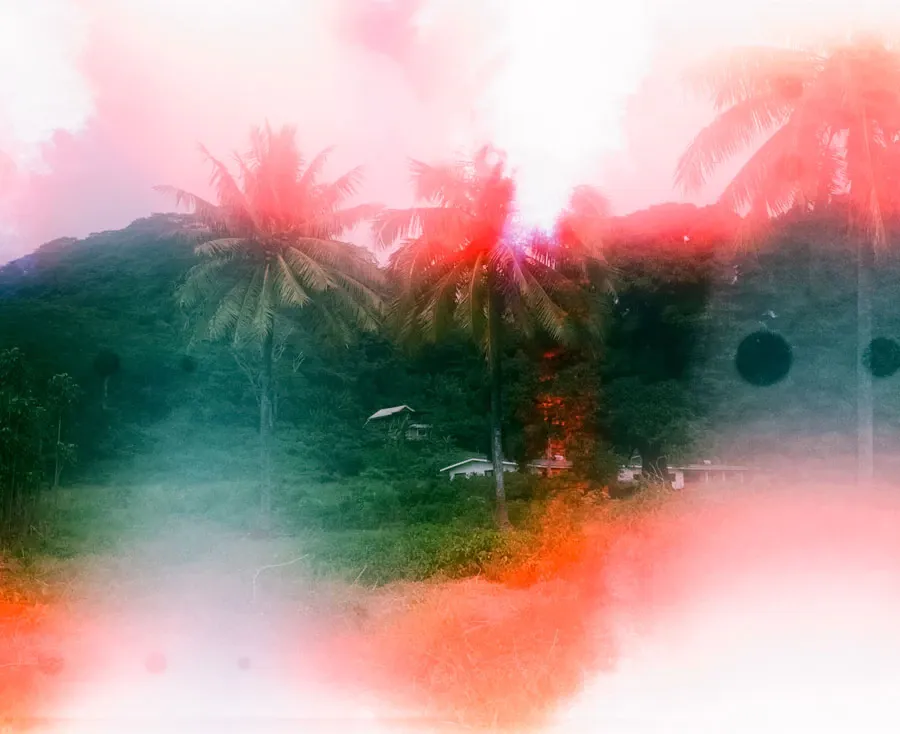
‘Surfacing’ 2020 Talia Smith, from Moana Legacy at Tautai.
This is an important move in a city that deserves to have the Pacific arts more visibly at its centre. It is saying, states Meredith “we don’t want to be just a satellite anymore, we don’t just want to be the partner working with big fish, we want to actually centre our narrative.” Meredith introduced Tautai’s history to RNZ’s Lynn Freeman, and told her that she is also developing the space as a community hub, so that the whole place “is a hot desk” where people can work and meet, not just see art.
The first exhibition, Moana Legacy developed from an existing partnership with Blak Dot Gallery in Naarm (Melbourne), featuring artists working in both Aotearoa and Australia. The new Tautai website is a dynamic first landing place.
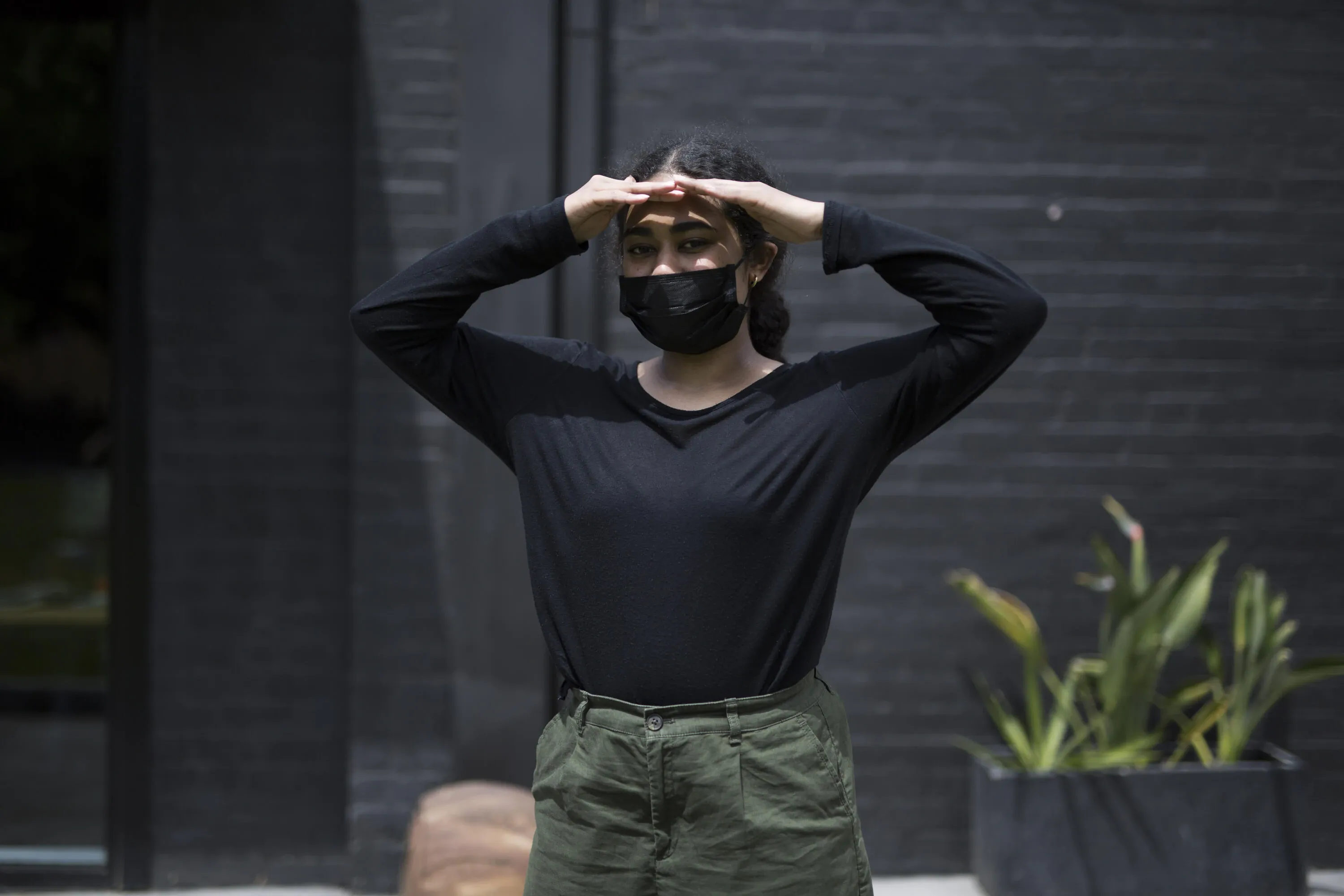
Artist Mereani Qalovakawasa, part of Tautai’s Moana Legacy.
Concerns Continue in Arts Education
We’ve reported previously on lobbying of government to place the arts more centrally in the school system. Last month, the Ministry of Education’s Creatives in Schools programme received a $4 million boost, but leading arts educators say the scheme fails to create lasting change for a system in crisis.
In this feature for The Spinoff I’ve put this within the light of New Zealand’s proud postwar history of arts in schools, and a recent model trialled in Wellington. Professors Anne Noble and Peter O’Connor, as well as artist Judy Darragh express their concerns about Creatives in Schools in terms of consultation with the arts sector. The Ministry notes that interest in the programme remains high - they received enquiries from more than 70 schools even before applications for the second round opened. Those opened last week and close on 21 August. The phase one projects are detailed here.
A Collection Waits
A Timaru art collection estimated to be worth between five and ten million dollars, and named locally as “the fourth most valuable in the country” (easy to dispute, but a magnificent collection nonetheless) remains locked away at the historic Aigantighe Art Gallery.
The gallery’s main building has been closed since 2017 for earthquake restrengthening and repairs. Frustrated residents packed a Timaru District Council meeting last week to protest delays in work being done. “We need clearer decisions from the council, but we want to be part of those decisions,” Friends of the Aigantighe vice president Roselyn Fauth told the Timaru Herald. “There is $600,000 set aside for this in the budget but the community is confused about how that money will be spent.”
Parkin’s Prize
The 76-strong shortlist for New Zealand’s well regarded annual Parkin Drawing Prize has been announced. And, as has been par for the course, it’s not all pencil and pens: recycled pantyhose, bed sheets and korari sticks (those hardy long black flax flower stems) feature, says the media release. Lockdown hasn’t dimmed interest from artists, with 482 entries - a number on par with past years. The award is eight years old, the carrot being a $25,000 first prize from arts patron Chris Parkin.
Trailblazers Recognised
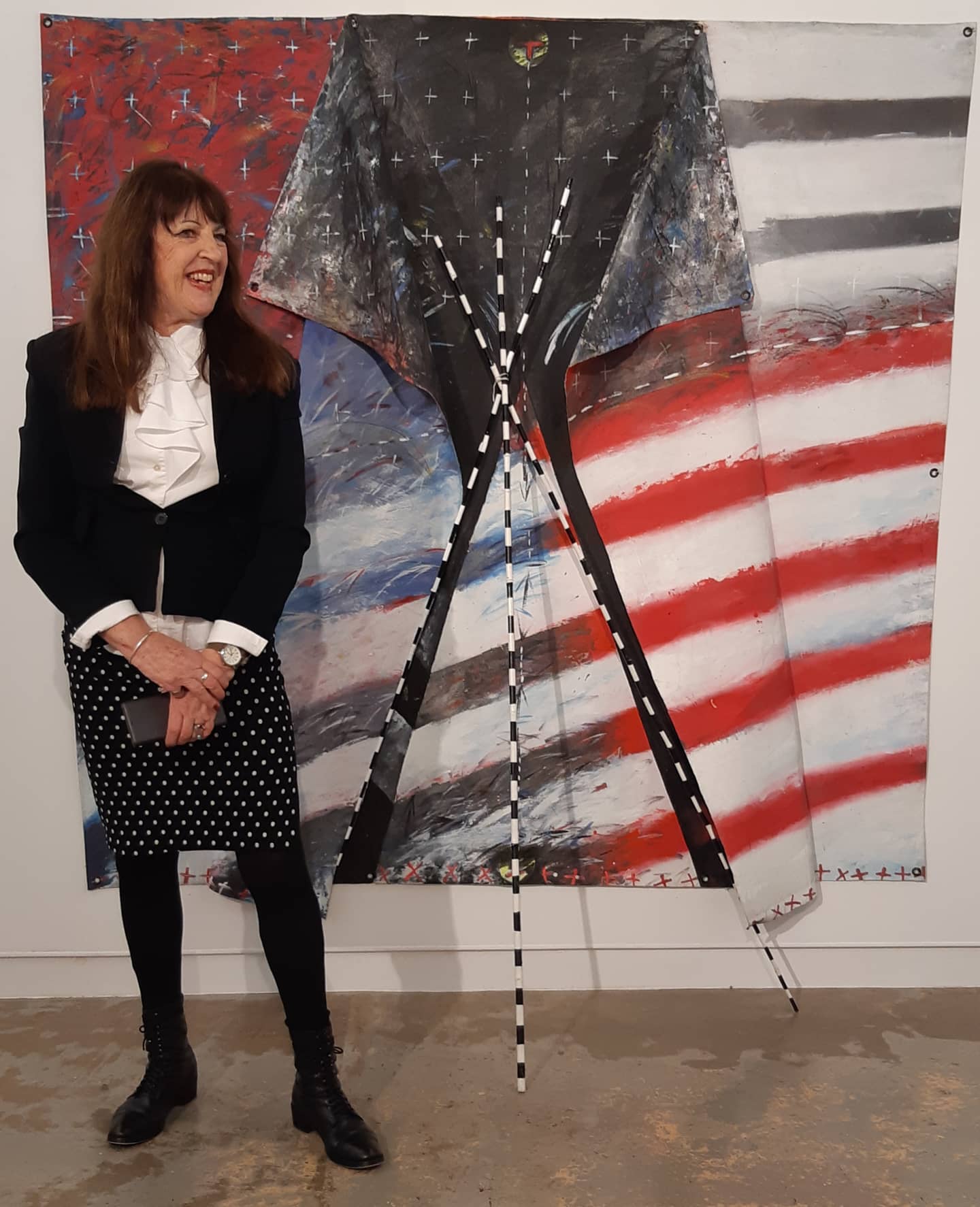
Philippa Blair.
We are seeing some welcome attention this month to some trailblazing women artists. A strong, energetic abstract painter, Philippa Blair has had 100 solo exhibitions over 35 years of practice, but until 2014 spent 20 of those years based in Los Angeles. At Waitakere’s Te Uru, survey show Down Under Cover opening this weekend is “an acknowledgement of Blair’s incredible achievements, and a belated welcome home for a celebrated local artist who continues to challenge the conventional limits of painting in an image-soaked world.”
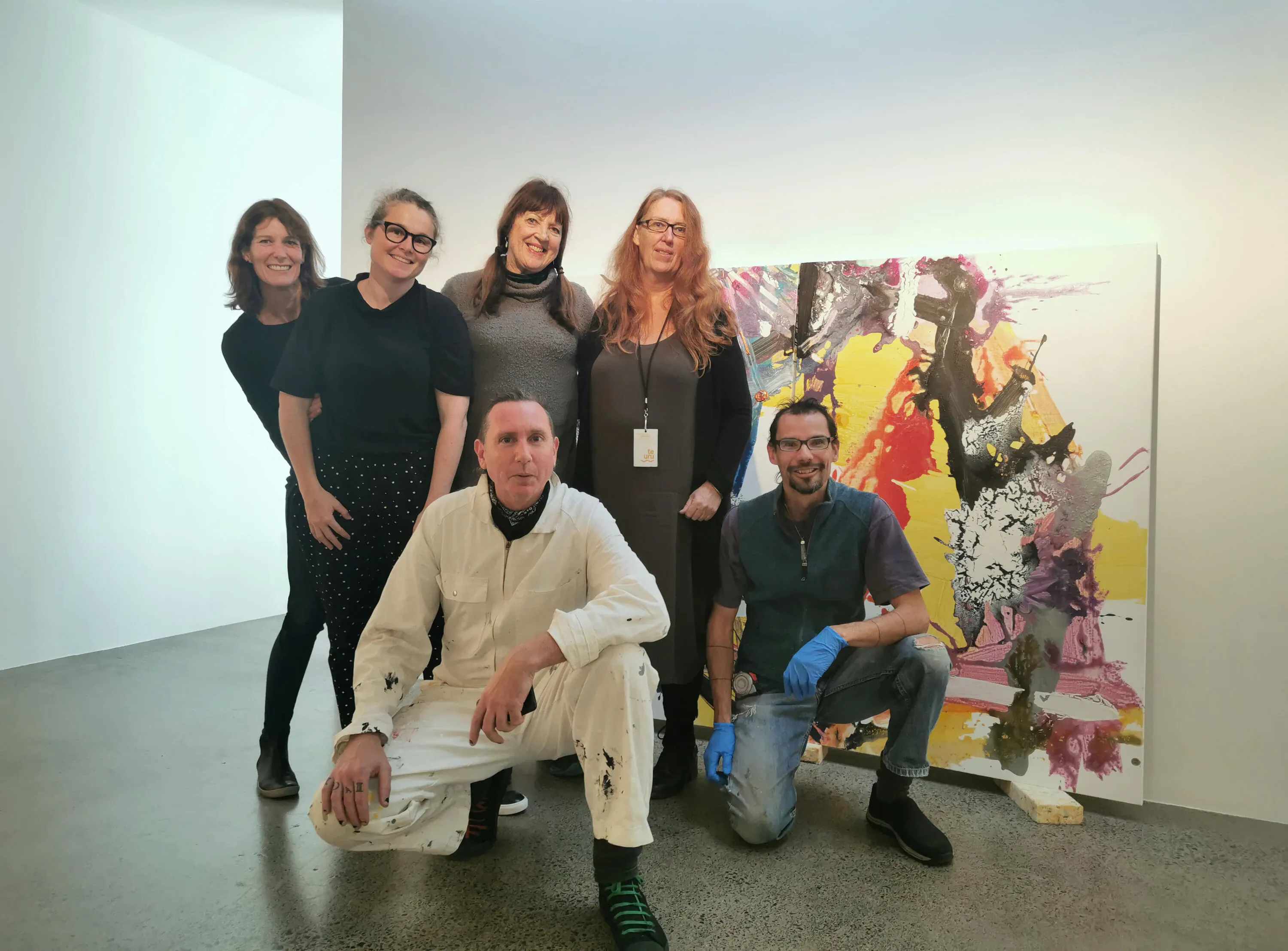
The Te Uru team with artist Phillipa Blair and Louise Stevenson.
Another trailblazer was performance and photographic artist Di ffrench, a strident feminist artist who critiqued the male gaze. Di passed away too early, back in 1999, and her work is being given attention currently by Bill Millbank in Whanganui with a survey show at Millbank Gallery - as related in the Whanganui Chronicle piece and in an upcoming story for The Big Idea by her son Kirk. “She was a bold innovator and really gutsy,” comments Millbank. “She was a warrior. I am very proud of her."
Another trailblazer is Steve Garden. Rattle Records have been one of the quiet enduring success stories of the New Zealand arts and music scene. Its first release of “instrumental art music” was in 1991, and it has continued to have a fulsome release schedule for a diversity of musical artists.
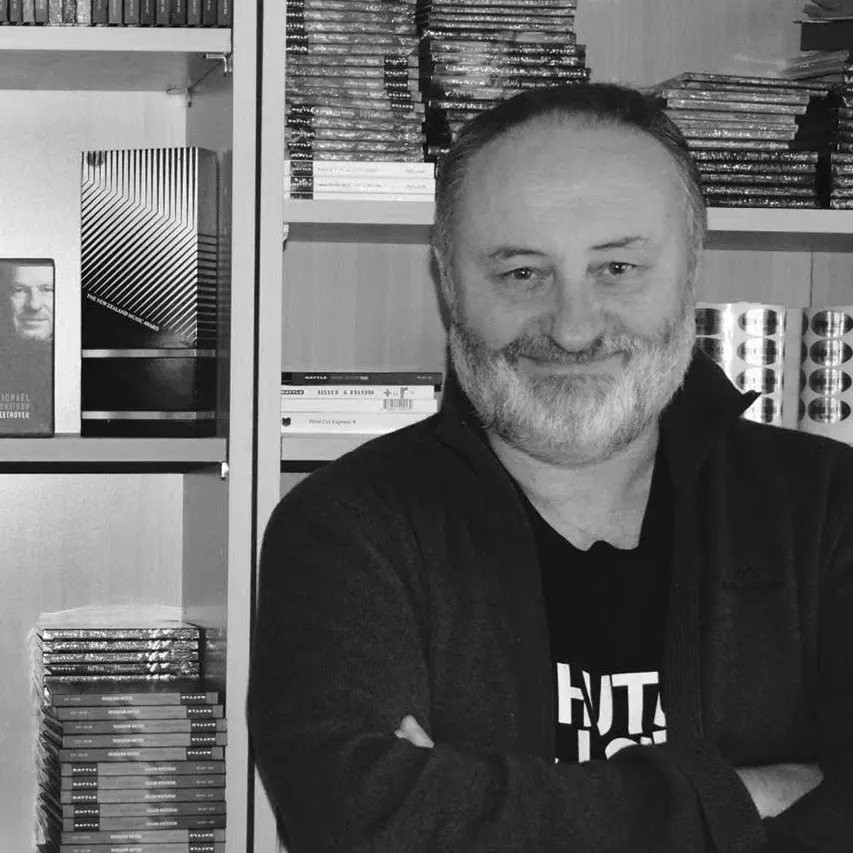
Steve Garden of Rattle Records.
Elizabeth Kerr has written a valuable account of Rattle’s history here on Five Lines. This interview with label boss Garden comes as Rattle Echo is launched, releasing older New Zealand art-music recordings that “have not previously had a commercial release, been available digitally, or simply deserve wider recognition”. Graham Reid introduces and reviews these releases at Elsewhere. “Anyone who goes back to New Zealand's more experimental and innovative music of the Eighties,” writes Reid, “will be astonished by just how distinctive and different it was.”
Also Rattle related: William Dart on RNZ’s New Horizons has recently written and presented this valuable account of the music of Bill Direen, whose latest outfit Ferocious has a self-titled album out on Rattle.
Remember Parihaka
Great - and long overdue - news this week is that Parihaka in Taranaki is to be given $14 million to build a visitors centre from the Provincial Growth Fund, to preserve and tell its story of non-violent resistance, and display its taonga. Not mentioned in this RNZ story however is that Parihaka Pā have a significant art collection, including a range of work gifted to Parihaka by leading New Zealand artists - ranging from Seraphine Pick to Shane Cotton - commissioned for the 2000-2001 Parihaka exhibition at City Gallery Wellington and Dunedin Public Art Gallery.
Indigenous Filmmaking
Not a bad week to be a filmmaker in this country - with the government just confirming a $73.4 million Screen Production Fund as part of their COVID-19 recovery packages. It has thus far been, as you’d expect, well received by the industry.
It follows news that, as reported by Screendaily, Taika Waititi and Carthew Neal’s production company Piki Films is launching three projects with Māori writers, focusing on stories about the effects of colonisation.
First, a film adaptation of Tina Makereti’s novel The Imaginary Lives Of James Pōneke - the story of a Māori teenager in the 1840s who travels to London to appear as a live exhibit amongst Māori artefacts. The second, an adaptation of Angella Dravid’s stand-up show Down The Rabbit Hole, which Briar Grace-Smith will write with Dravid.
The third project is a crime series Better The Blood from Michael Bennett and Jane Holland, following an obsessive Māori detective as “she hunts down an indigenous serial killer revenging the wrongs of New Zealand’s colonisers”. Directors and casting have yet to be announced.
Elsewhere Ainsley Gardiner and Briar Grace-Smith’s feature adaptation of Patricia Grace’s Cousins has finished filming with Miss Conception Films.
Online in Prison
Over lockdown the arts went online, changing how many artists work forever. But what did lockdown mean for arts access in prisons? And is it time we looked at changing the restrictions on internet access for prisoners?
These and other questions were asked in June at the Arts in Corrections Network’s first online hui, as Chris Ulutupu, Arts in Corrections Advisor at Arts Access Aotearoa reports in this story. Ulutupu also introduces this story with tutor Beth Hill who saw the arts mentors she helped train through a Tuakana Teina peer mentoring programme at Northland Region Corrections Facility really step up during lockdown.
April Comes in July
Painter Dame Louise Henderson created a series of 12 large-scale Months paintings in 1987, when she was 85. Now, on the eve of the opening of a major Henderson show at Christchurch Art Gallery previously seen at Auckland Art Gallery (January Spinoff review here), the remaining twelfth of these paintings has been located to finally join the other eleven. ‘April’ was found earlier this year at Auckland's Mount Albert Grammar School as part of the school collection (as explained in this Stuff story), and is on its way to join the rest of the calendar.
On the Christchurch Art Gallery website, artist Karl Amundsen has written a powerful account of getting to know Henderson in 1990, after having moved into her former house and studio. Henderson was by then in her late 80s and Amundsen says was painting boldly and with much urgency (she was to pass away four years later). “I can remember feeling slightly taken aback at the complete lack of domesticity on display,” he writes. “Louise herself was in full painting mode, hair dishevelled, old grey slacks, sloppy sweat top and no make-up... She told me that she fiercely resented anything that asked for her attention at that time in her life, especially if it involved making creative choices. She saw even the smallest of domestic decisions as robbing her of energy that needed to be channelled into her art… She would come back from visiting people complaining of how she had to behave as though she were living in a museum, afraid she would get paint on something.”
Band Names Matter
’90s band The Nixons changed their name to Eye TV; Shihad to Pacifier - New Zealand groups have gone out of the way often for the American rock industry. But we are more gracious.
This last week, it was reported in the New York Times that American country act the Dixie Chicks are "meeting the moment" and renaming themselves The Chicks in response to Black Lives Matter. But they went and got permission from New Zealand ‘60s pop group The Chicks. “A sincere and heartfelt thank you goes out to ‘The Chicks’ of NZ for their gracious gesture in allowing us to share their name,” the trio wrote. “We are honored to co-exist together in the world with these exceptionally talented sisters. Chicks Rock!”
There and Gone
In the sad but glad news folder, word that Tauranga Arts Festival director Ria Hall is to step down only a few months after being appointed. She’s hapū with her second child, and wants to be real about the demands of having two young children.
Unusual Residencies
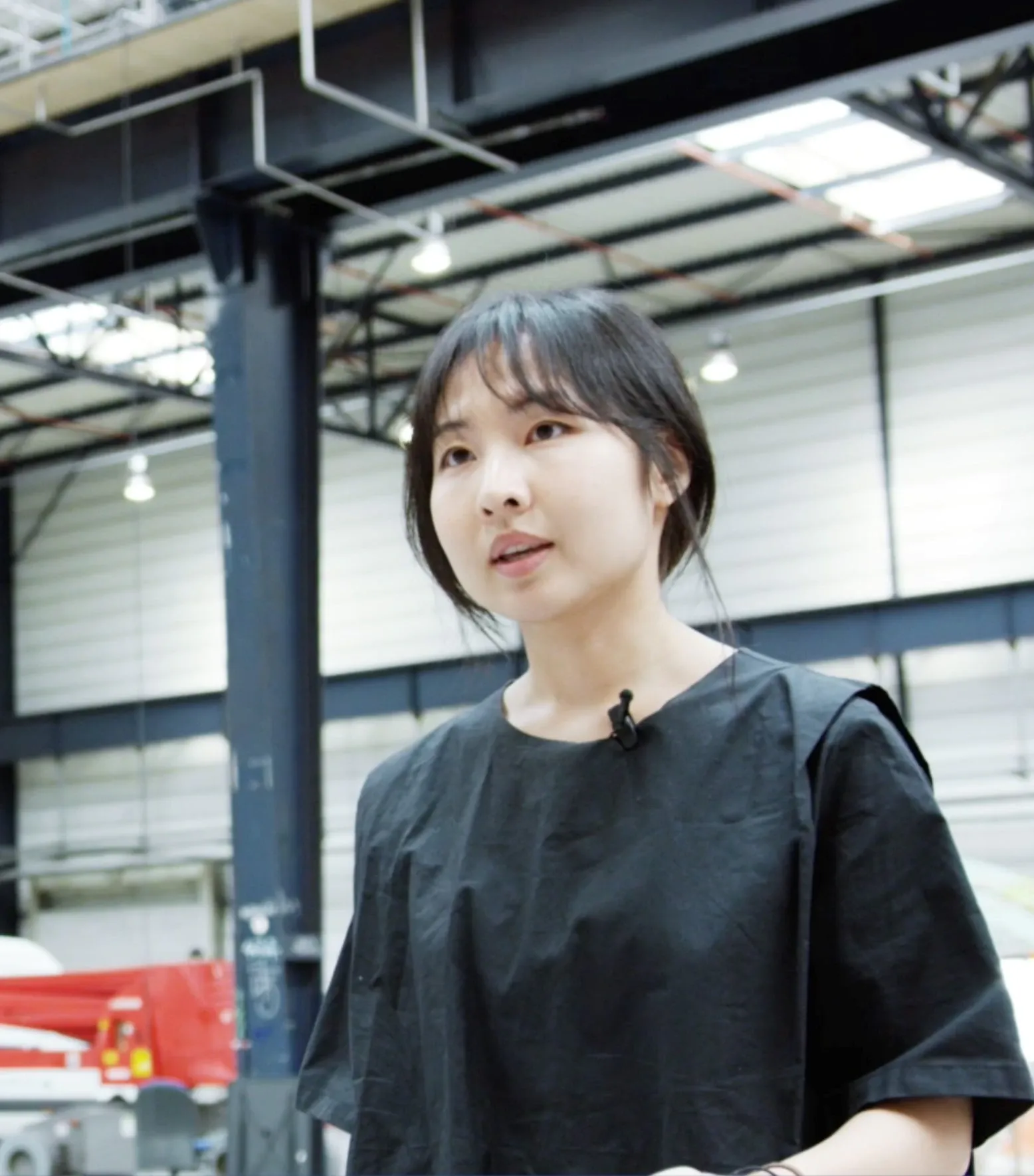
Govett-Brewster Artist in Residence Yona Lee.
Steve Braunias has announced the winners of 2020 Surrey Hotel-Newsroom writer’s residency award. The grand winner is novelist Mia Gaudin, awarded “accommodation at the strange and wonderful Surrey Hotel in Grey Lynn, Auckland, and also receives free breakfast and the hotel’s tremendously satisfying Sunday roast.” Second place went to Vanessa Mei Crofskey.
Meanwhile, not in New Plymouth, three Govett Brewster Art Gallery residencies have been announced (Taranaki Daily News story here). For the first time they will be completed from home, due to COVID-19. Sorawit Songsataya, Meg Porteous and Yona Lee were selected out of 160 applications.
Roundup of Gallery News
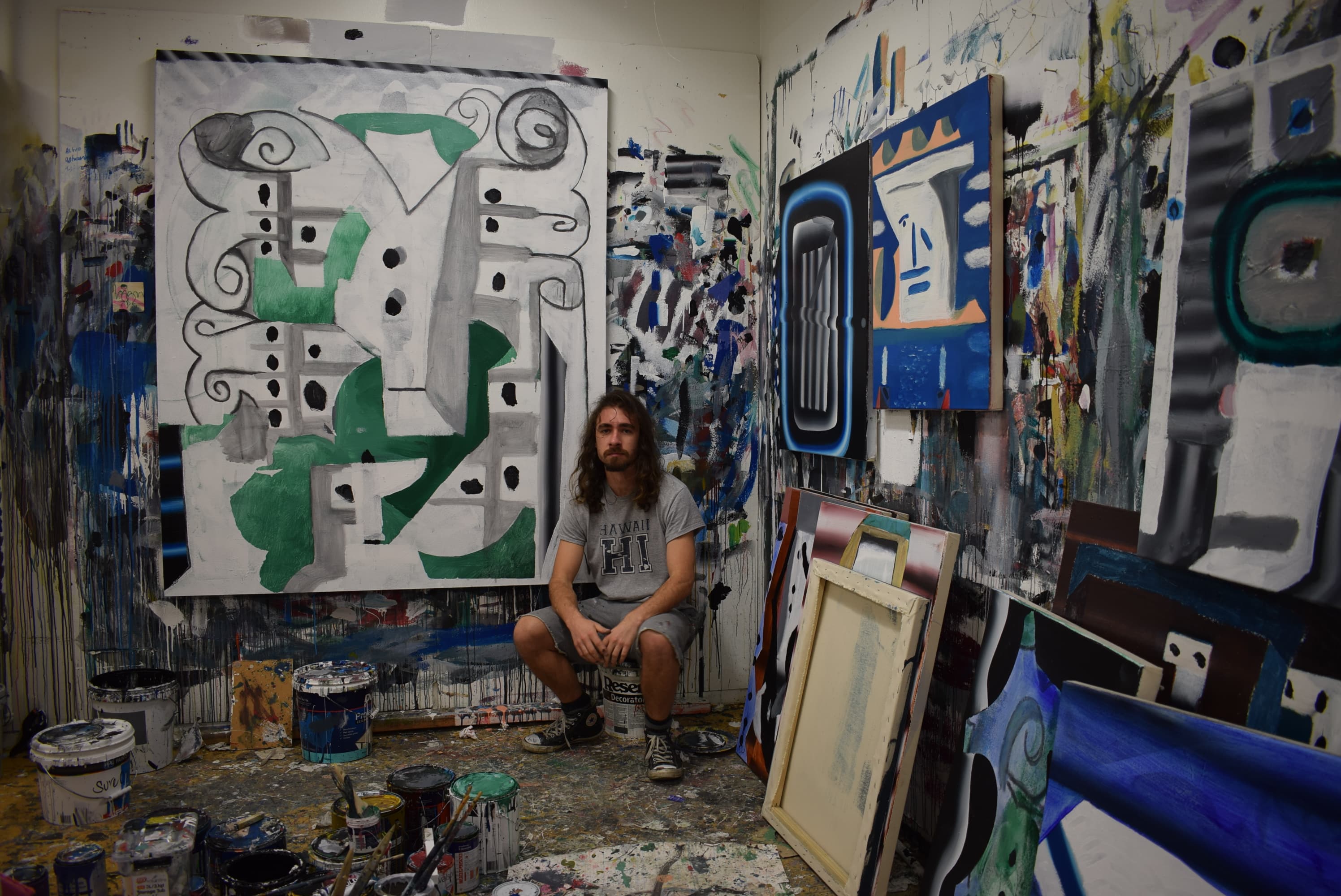
Reece King at Sanc Gallery.
Sarah Hopkinson, late of Hopkinson Mossman (now Mossman Gallery) is showing new Peter Robinson works in Morningside (here on Artnow). Hopkinson has stopped short of calling this the opening of a new gallery - rather the show comes under work as an agency.
Also good to see that Auckland ‘painter-run space’ Sanc Gallery which opened near K Road in early March just before lockdown, is continuing. It’s been set up as “a platform to champion contemporary painting nation-wide”. Its latest show is from Reece King (above).
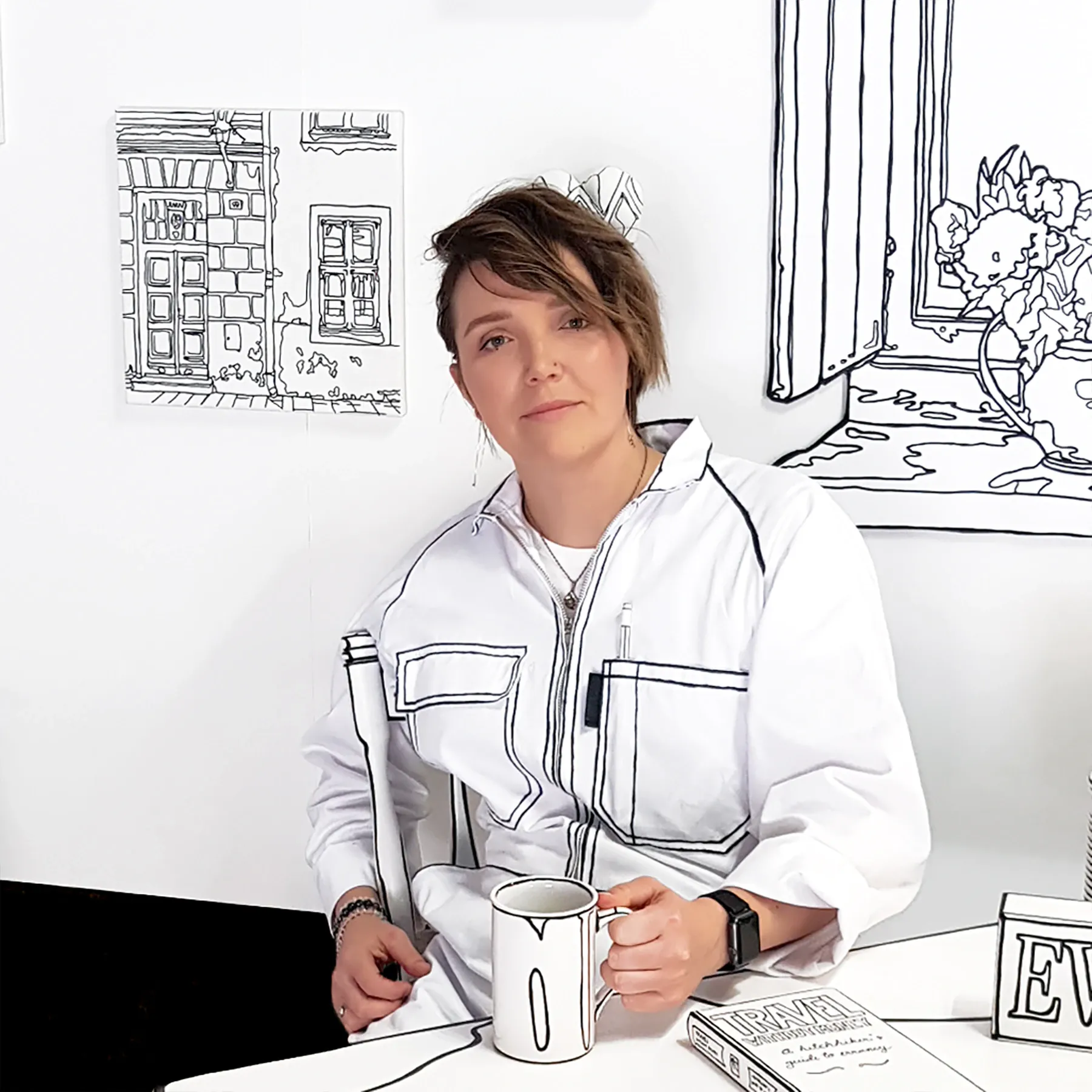
Anastasia Parmson at Megan Dickinson Gallery, Whangarei.
And a shout out to the north that we’ve failed to mention previously, the sole dealer gallery in Whangarei. Megan Dickinson Gallery opened in 2017 to represent artists from the Northland region, and is currently showing a selection of Anastasia Parmson’s ‘spatial drawings’ - domestic objects painted with black lines on white to focus on their form, and work strongly influenced by Parmson’s childhood obsession with Disney comics and colouring books in the Soviet Union. It's featured today here on The Big Idea.
And the biggest visual art news of the week is surely that Auckland Art Gallery will open the first major survey exhibition of contemporary Māori art in 20 years in December. Toi Tū Toi Ora will feature a whopping 120 artists and is being curated by Nigel Borell.
Recommended Reading Online
It’s always welcome having the chance to get a sense of artists’ new work through critical coverage of art exhibitions. The Otago Daily Times in Dunedin is one of the few places to still offer it. Here is Robyn Maree Pickens with a selection of recent Dunedin shows including Matariki work from Metiria Turei.
For a powerful account of getting trapped between countries because of Coronavirus with a young family - and living with the stress of thinking you’ve got it - I can’t strongly enough recommend Michalia Arathimos’s ‘On kindness, on ignorance: A frightful passage’ on the Verb Wellington site.
Speaking to Kāpiti College students through Zoom last week, as she relates to Stuff, writer Selina Tusitala Marsh was asked about her worst experience of having her cultural identity challenged. She told them it was the time in 2016 she was asked to read to the Queen. That’s the story behind the sequel to her debut children's book Mophead Tu: The Queen's Poem.
